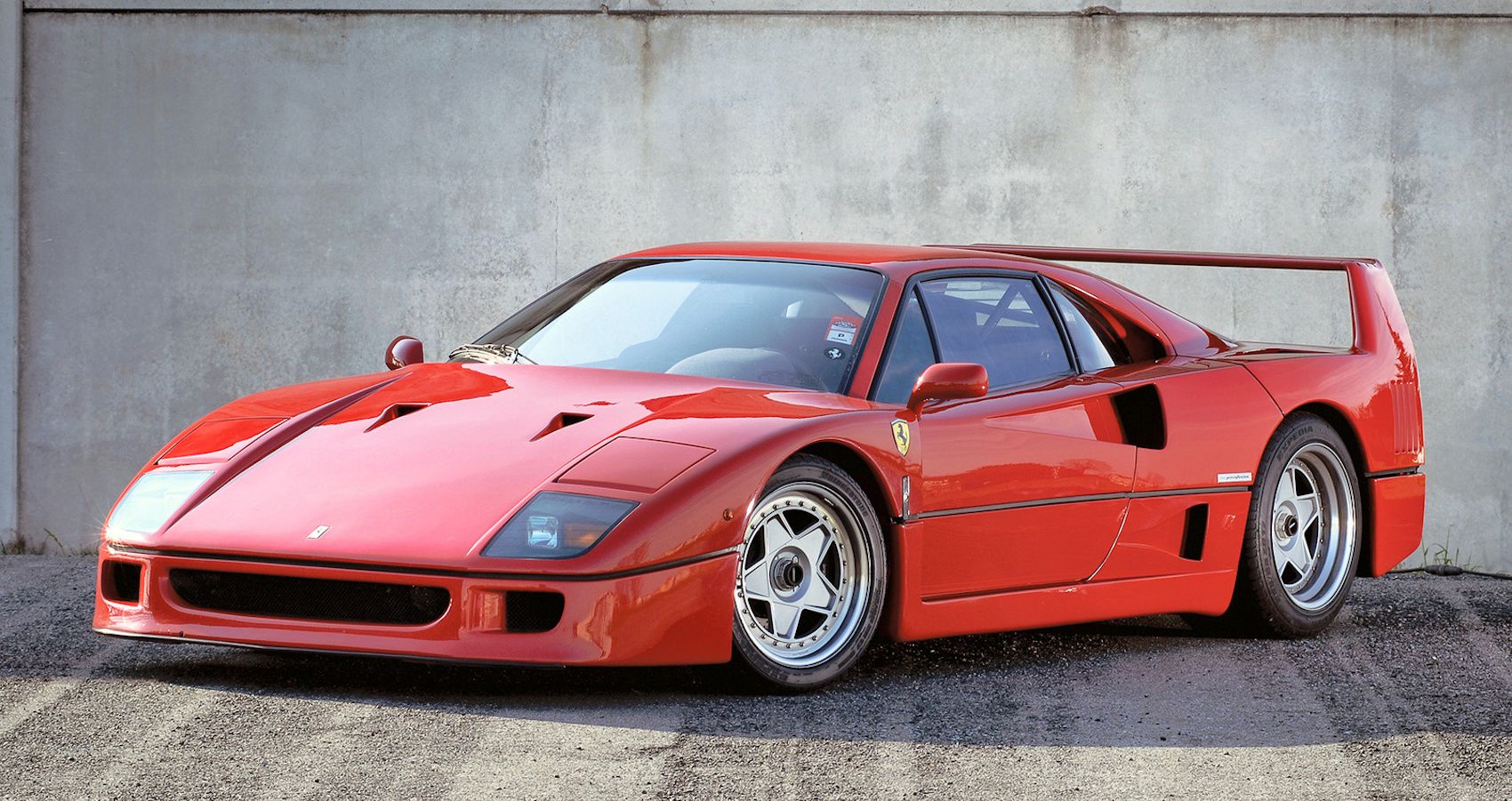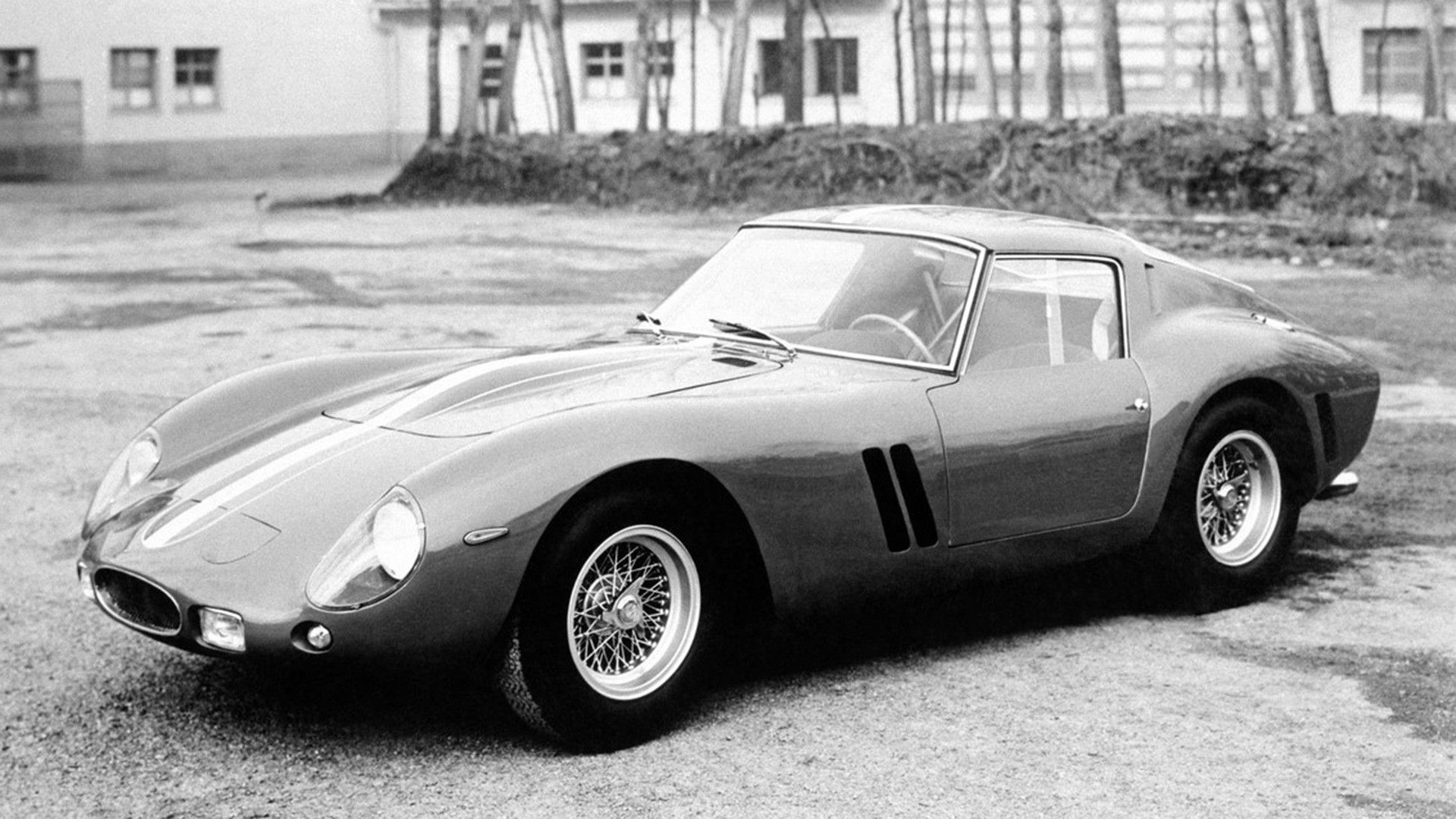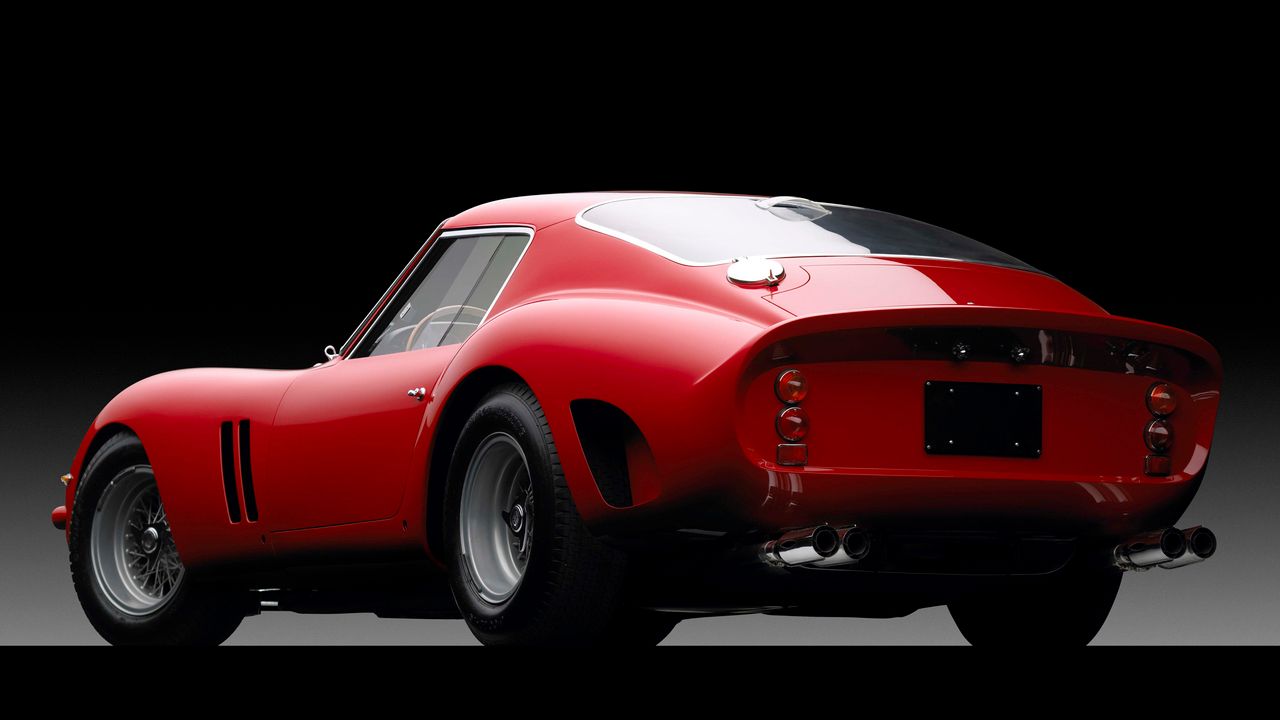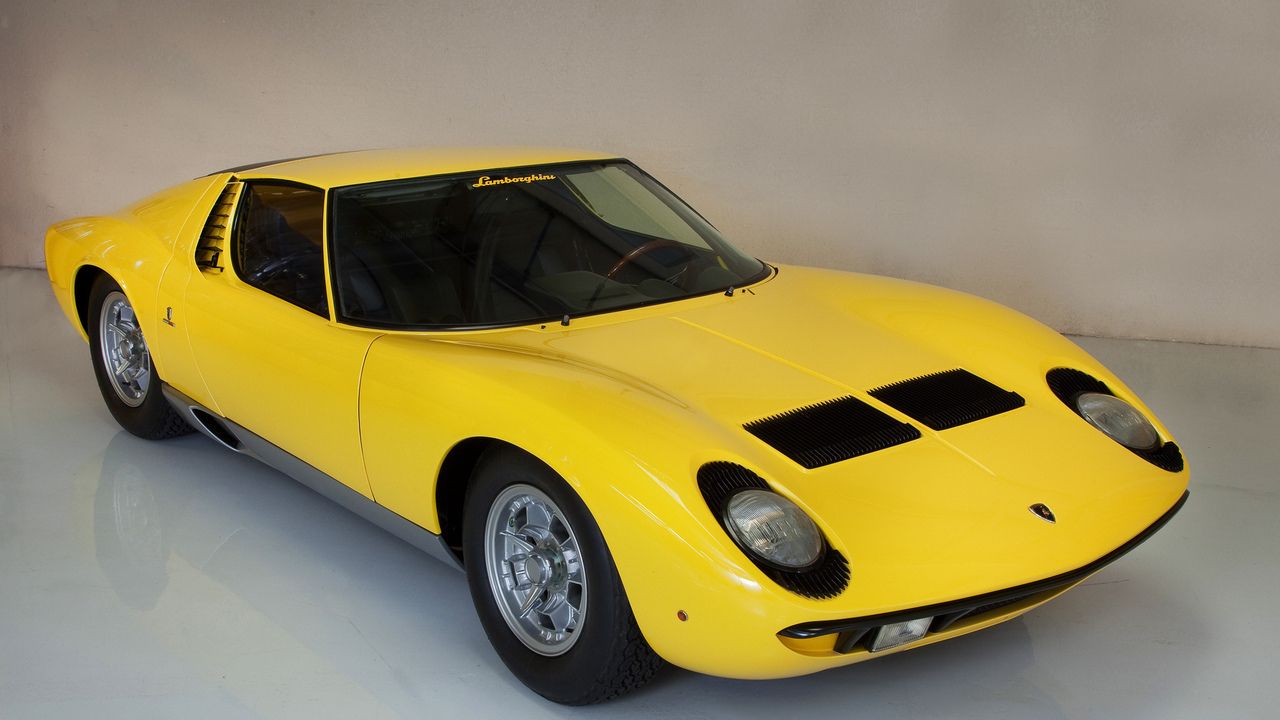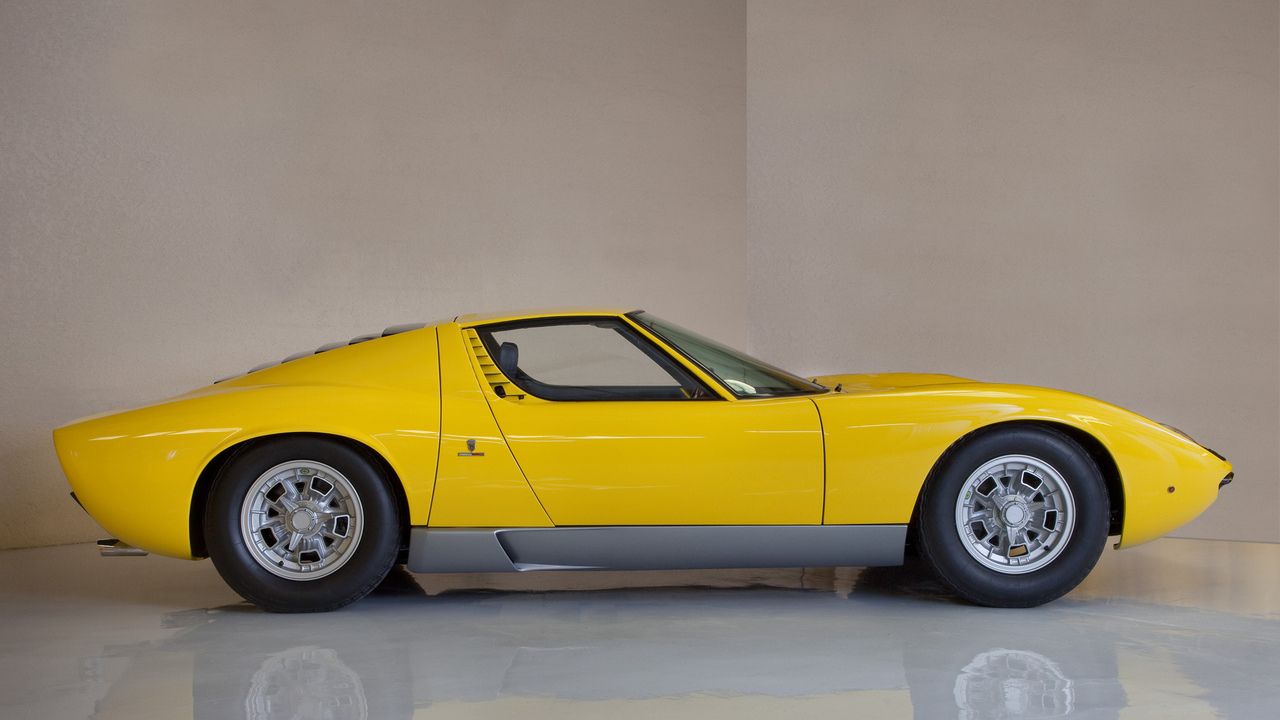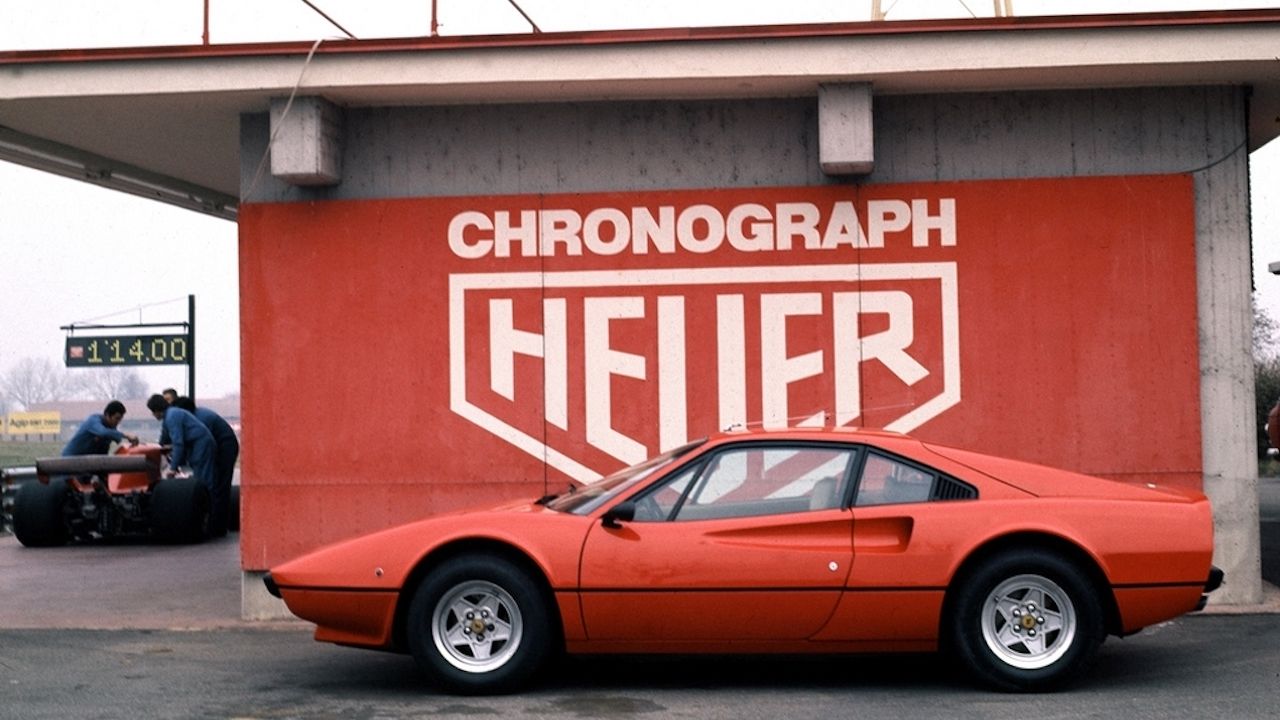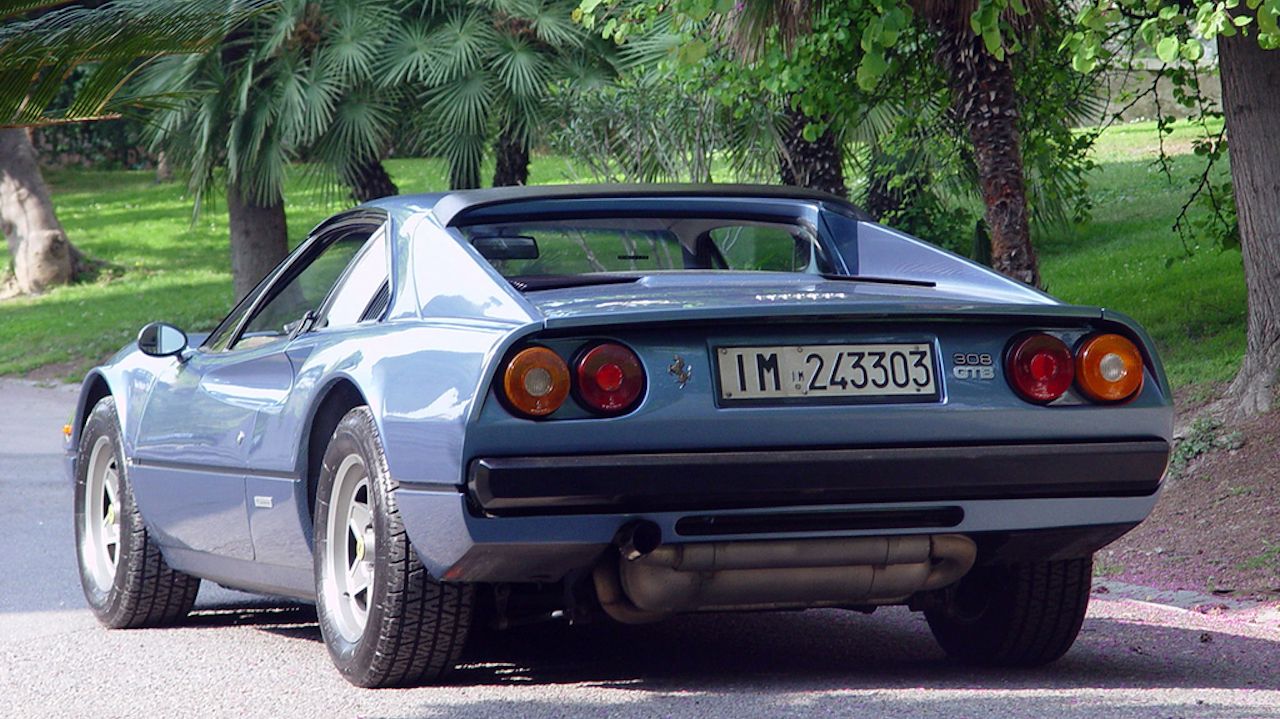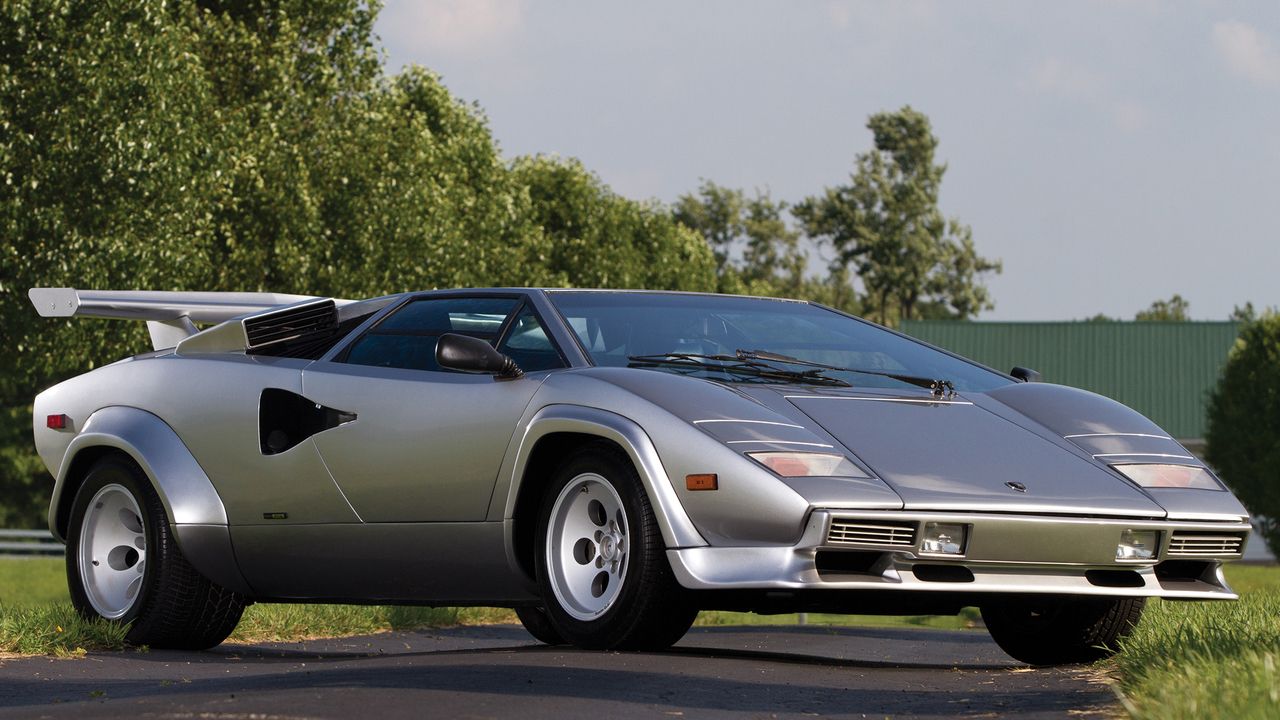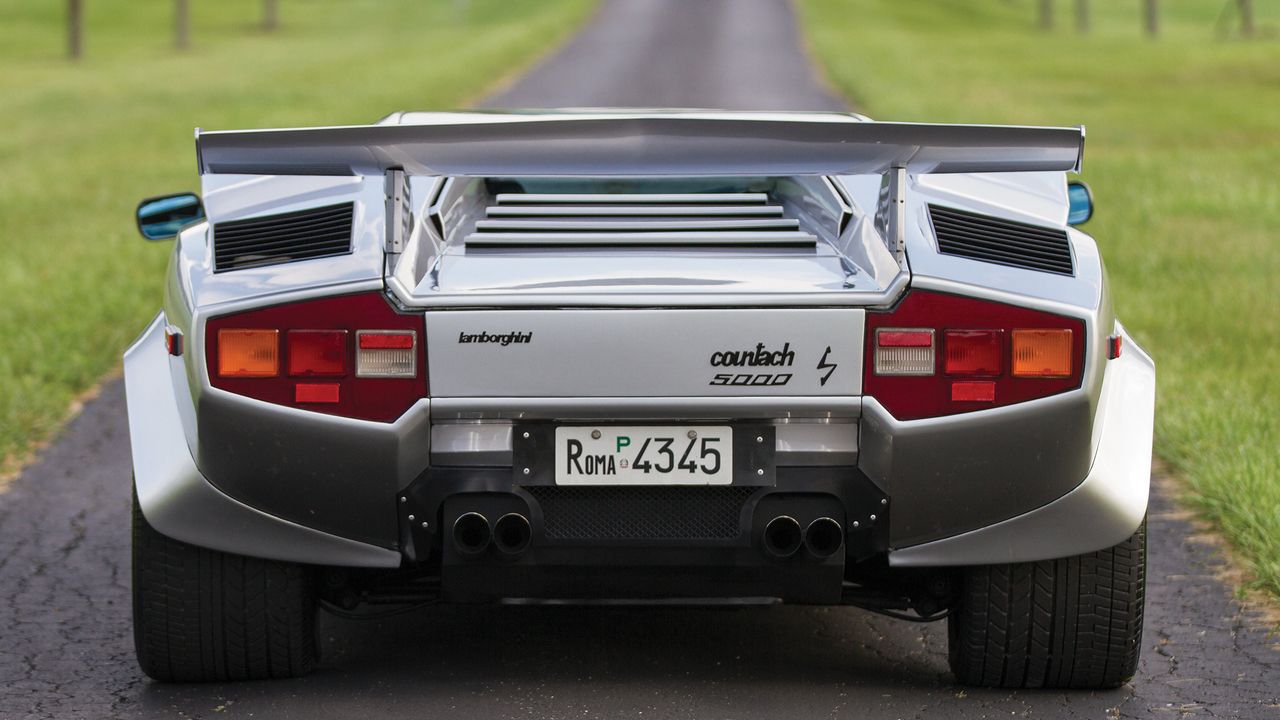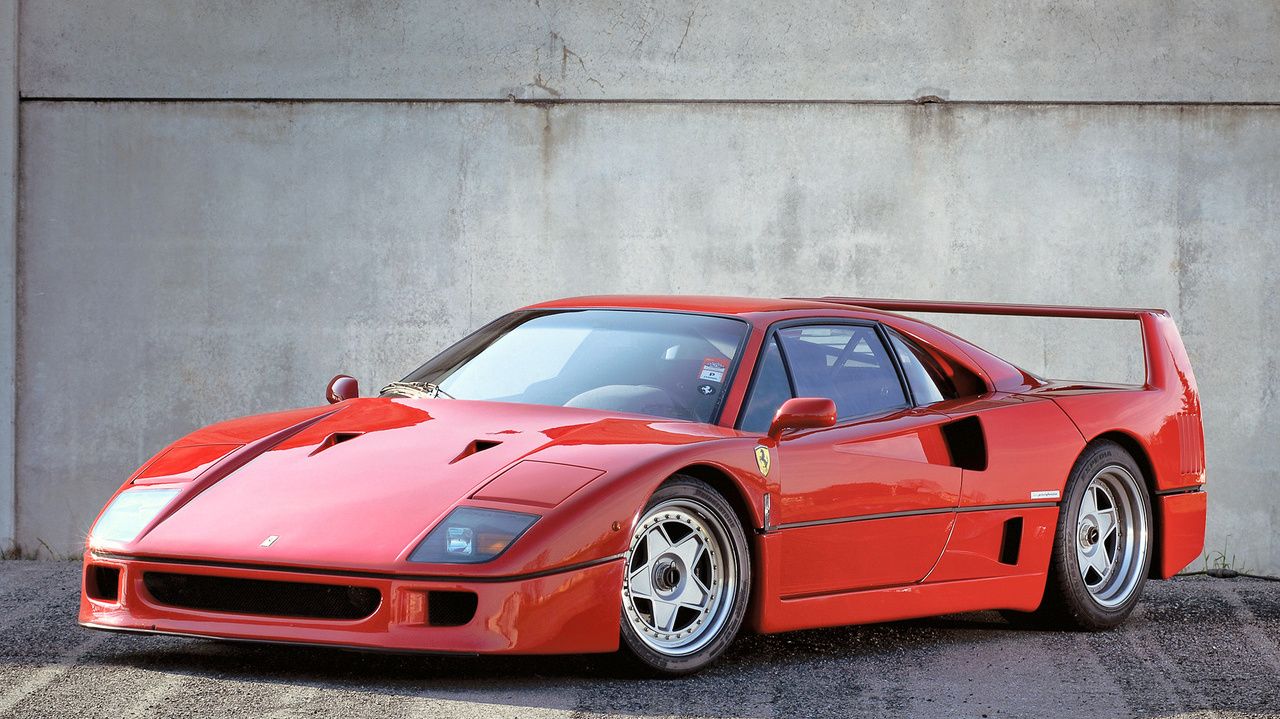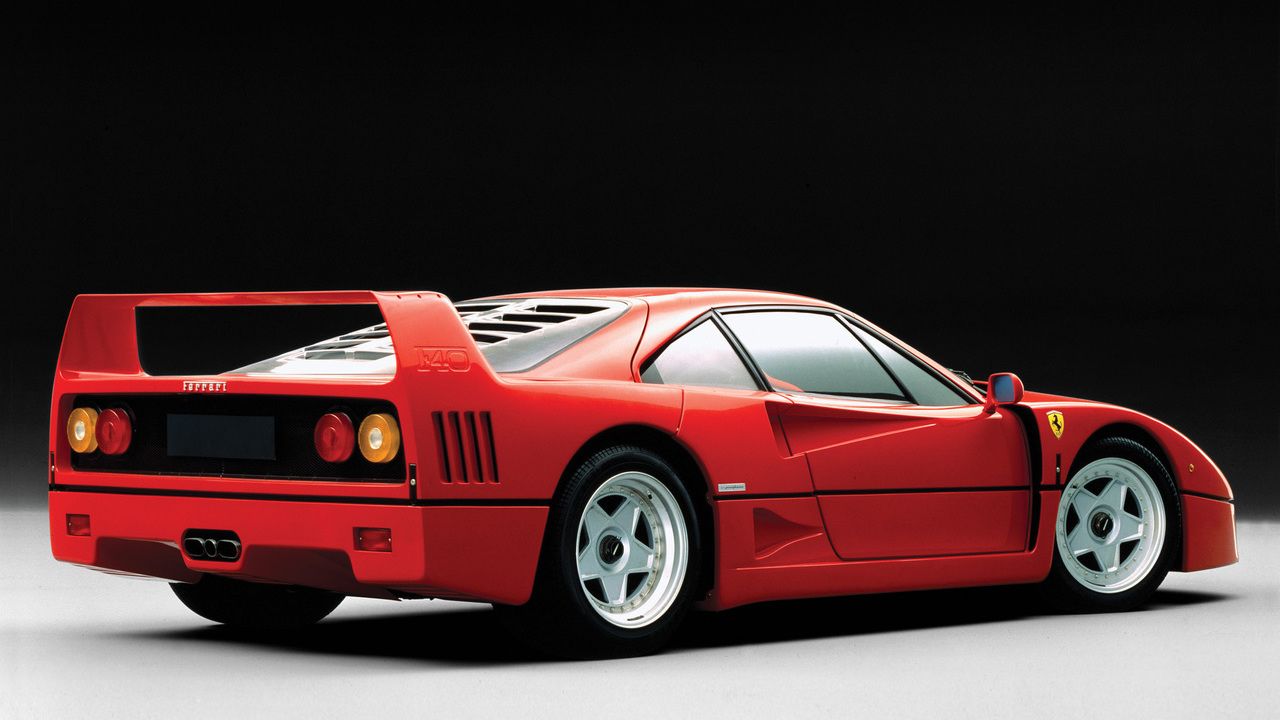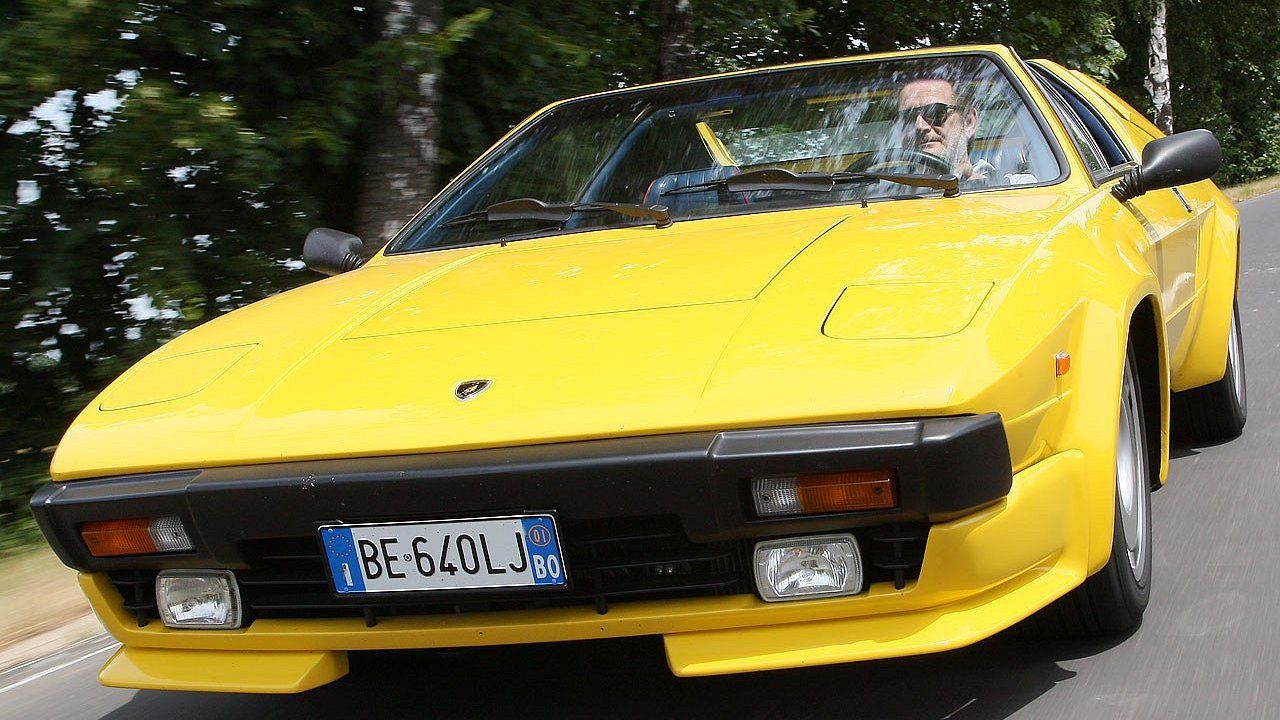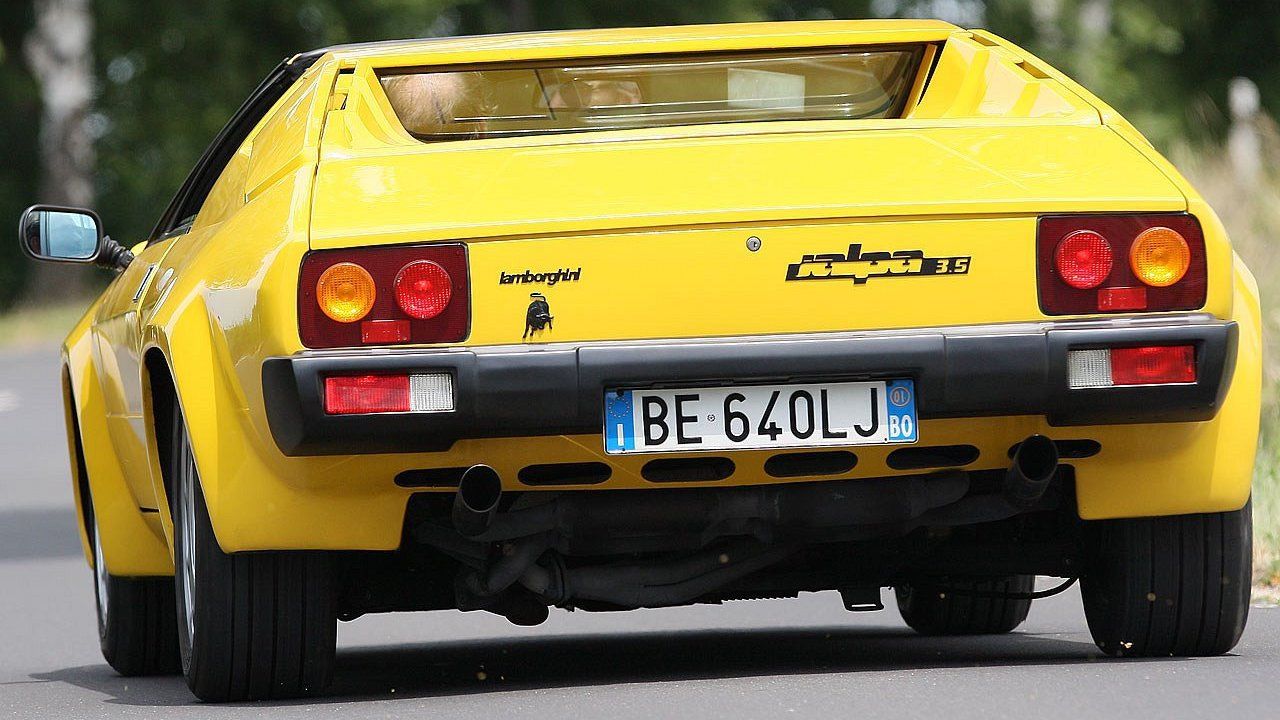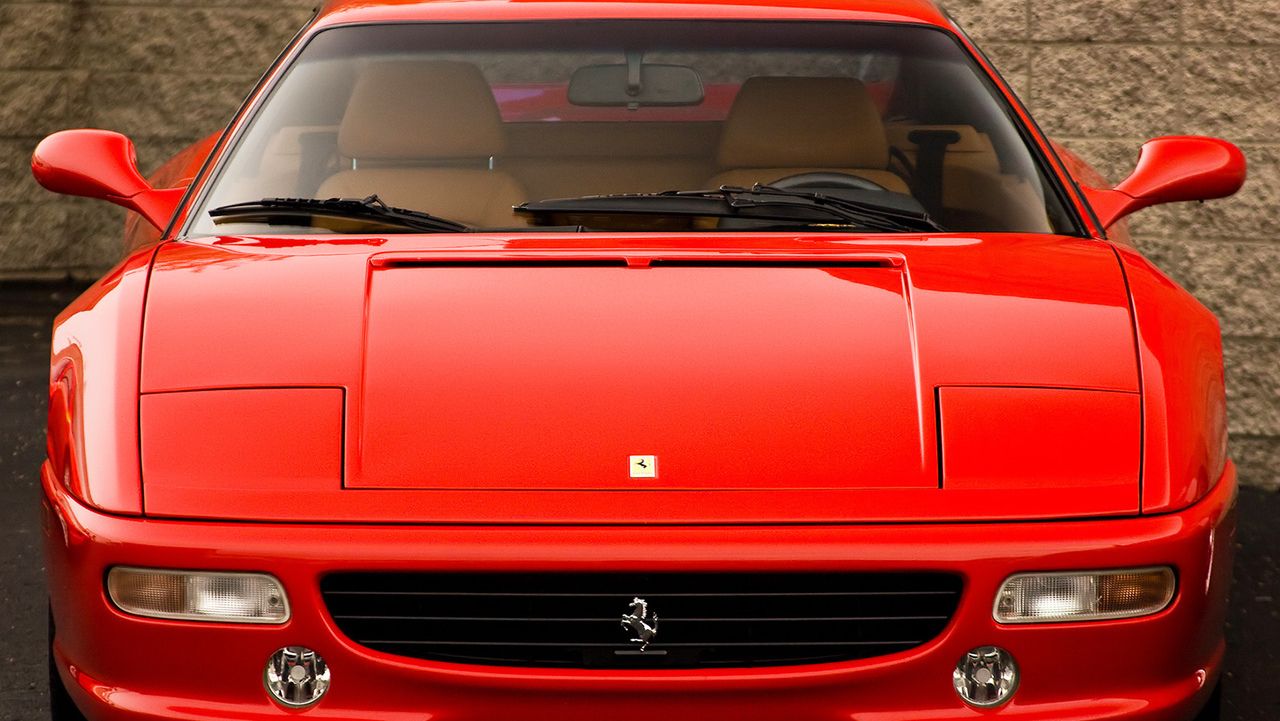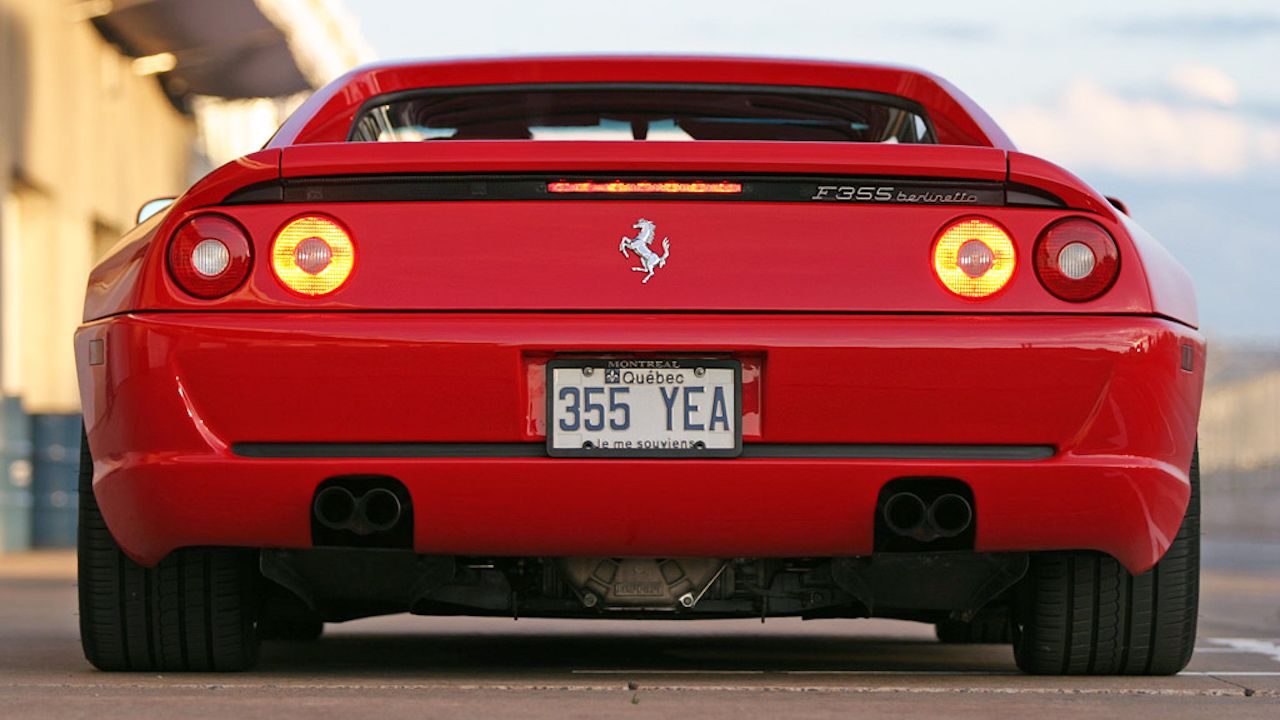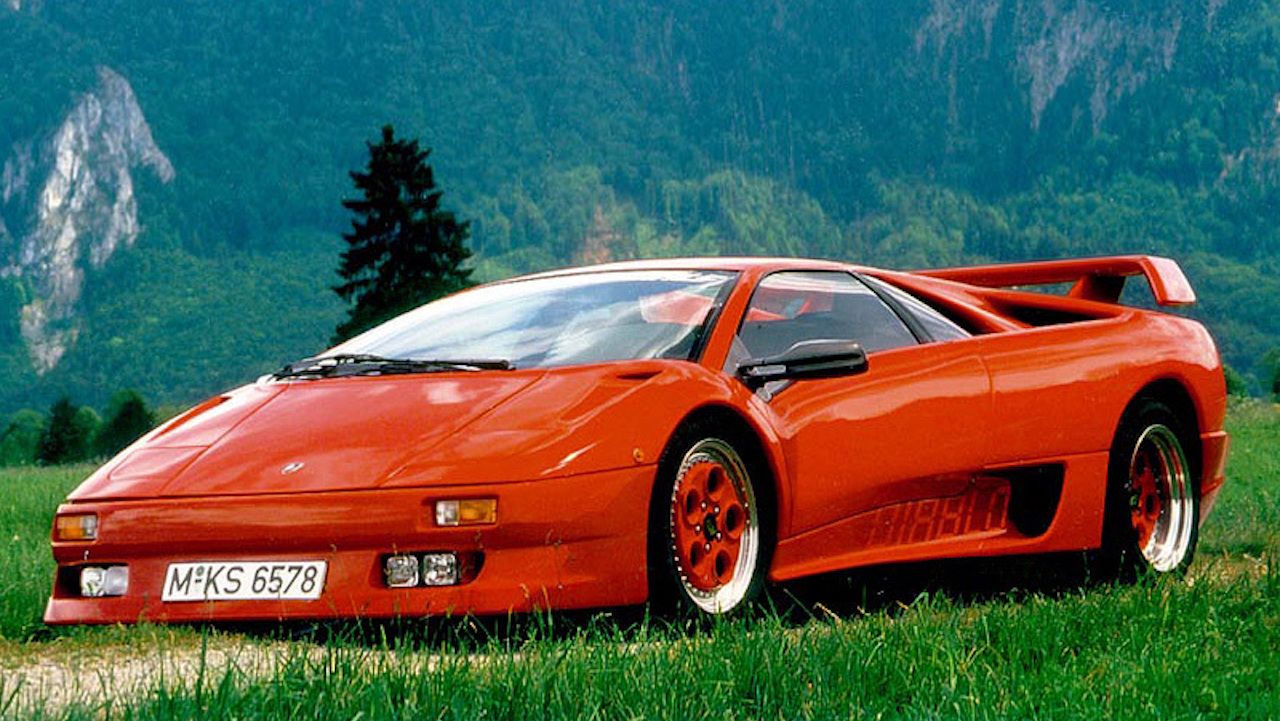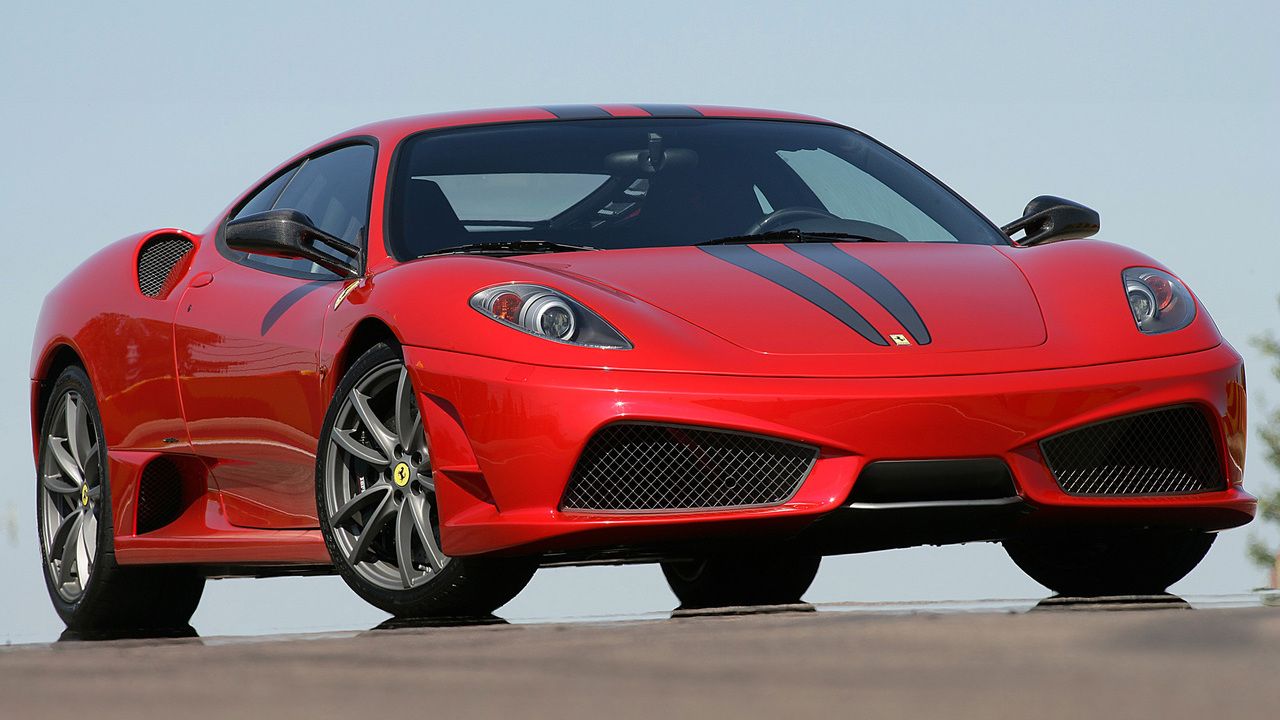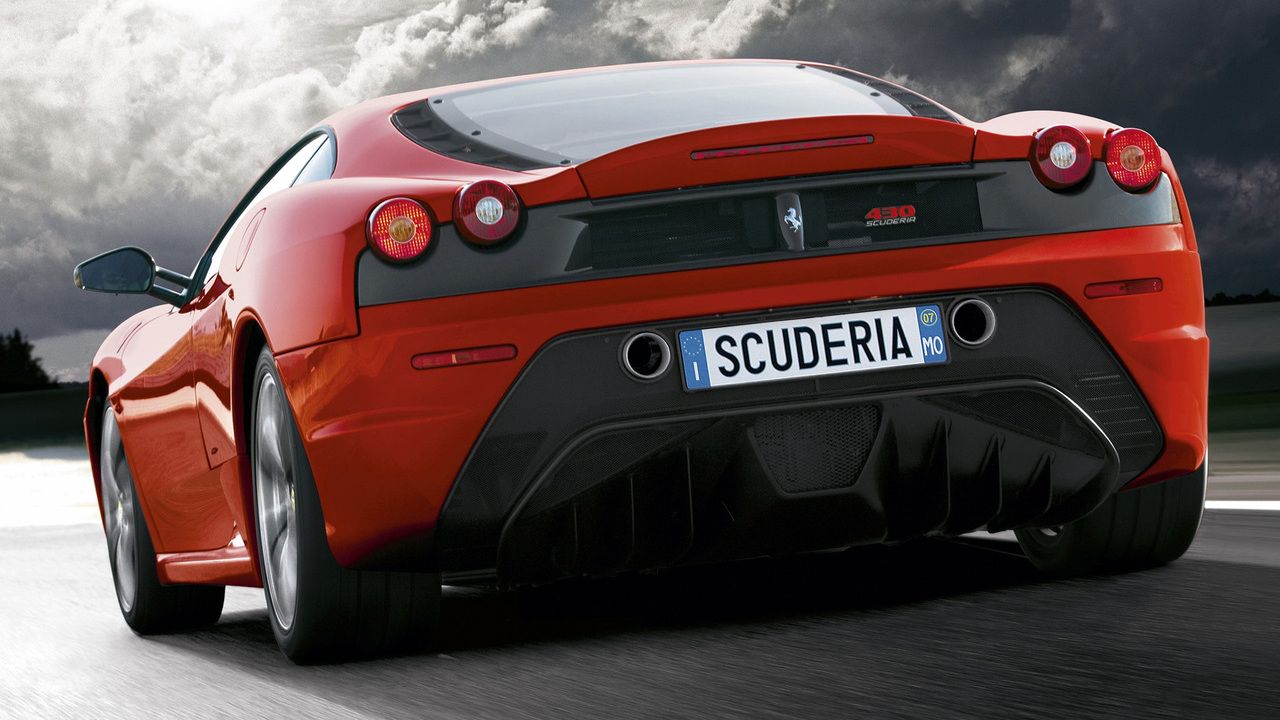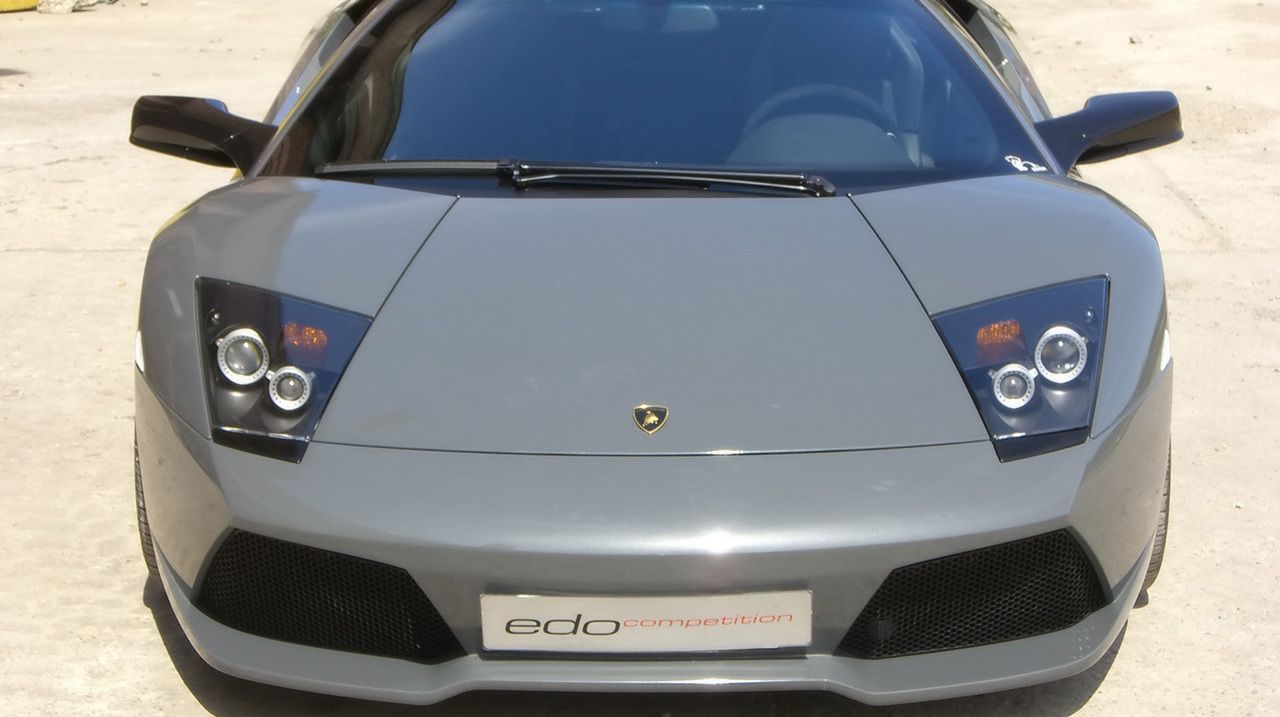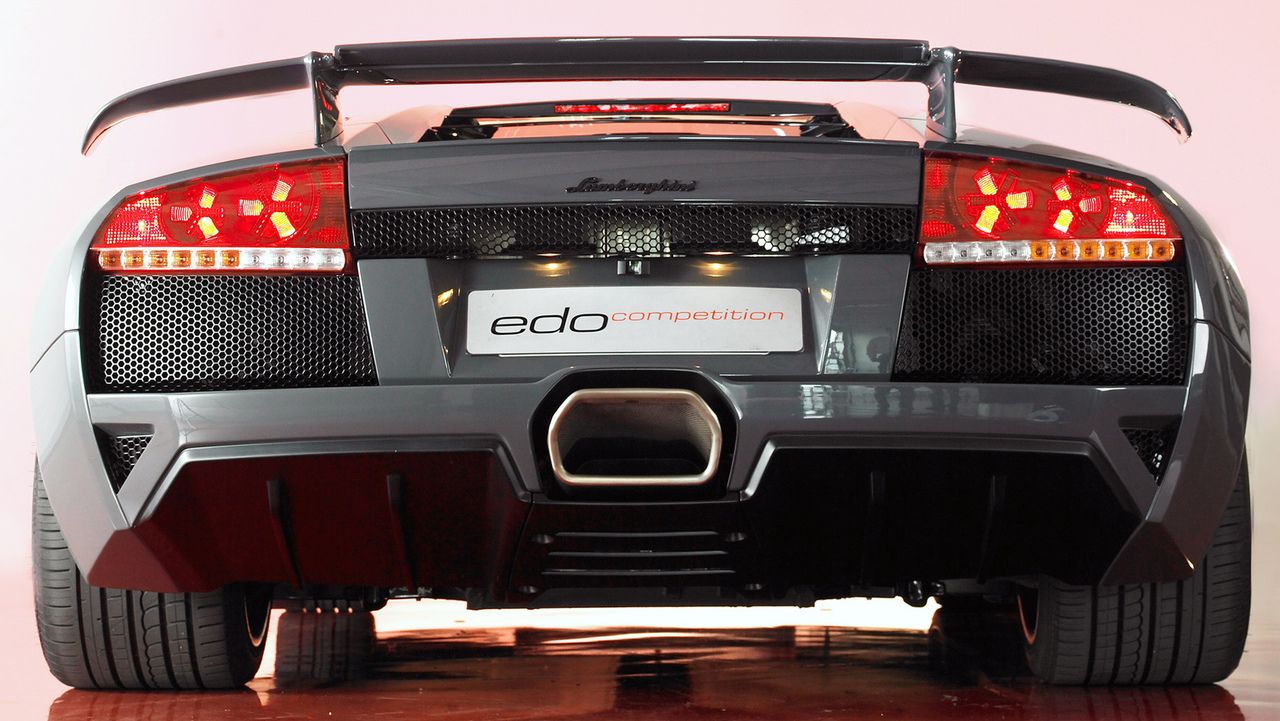Of all the Italian brands, arguably Ferrari and Lamborghini are the most notable and iconic. Ferrari has been producing cars since 1947, with the 125 S being the first Ferrari badged model. The brand's founder Enzo Ferrari started the brand to produce racing cars for Alfa Romeo. The 125 S enjoyed early success, with the car winning its first two races. Powering it to victory was a 1.5-liter V12 that produced 118 hp. The brand has continued to evolve over the decades and has produced many well-respected, desirable cars. Similarly, they have continued racing car production and Scuderia Ferrari is now probably the most well-known of all Formula One teams. They have competed in every championship year since their debut in 1950.
Automobili Lamborghini was founded in 1963 by Ferruccio Lamborghini. The Brand was produced specifically to challenge Ferrari, as Ferruccio was dissatisfied with his Ferrari, feeling it wasn't durable enough. Prior to cars, Lamborghini had been producing tractors. Over the years, the brand has passed through a number of owners, being owned at one stage by Chrysler and is now under the control of the Volkswagen Audi Group. The first model they produced was the 350 GTV, a coupe-styled car complete with a V12 engine. The car was initially a one-off before Lamborghini produced a production version titled 350 GT. This car was powered by a 274-hp, 3.5-liter V12, with a 0-62 mph that took 6.8 seconds, and a top speed of 158 mph. In total, 120 350 GTs were built. More recently launched models, are far more aggressive-looking, with cars such as the Aventador having real road presence. Arguably the most aggressive of any brand. Let's explore the best of each brand over the decades.
10 1960s: 1962 Ferrari 250 GTO
The 250 GTO was produced between 1962 and 64, its purpose was to enable homologation into the Federation Internationale de l'Automobile Group 3 Grand Touring Car category. The car was powered by a 3.0 liter V12 producing 302 hp, the engine could originally be found in the 250 Testa Rossa. 0-60 mph takes 5.4 seconds, and the car's top speed was 174 mph.
Today, the 250 GTO is one of the most valuable cars in existence. Driving the values, is its rich racing pedigree, with success in many races. The car even won in the Le Man 24 hour race twice.
9 1960s: 1966 Lamborghini Miura
Lamborghini produced the Miura between 1966 and 1973. What is particularly notable about the Miura, is that it was the first supercar to be powered by a rear mid-engined, rear-wheel-drive configuration.
At its debut, the Miura was the fastest production car in the world. Providing the pace, was a 3.9-liter, naturally aspirated V12 engine. 0-60 mph took 6.3 seconds, and the car had a top speed of 163 mph. During its production run, 764 examples were produced.
8 1970s: 1975 Ferrari 308 GTB
The Ferrari 308 GTB sported a Pininfarina-designed wedge-shaped body. It was one of the first Ferrari-badged cars to be fitted with a V8, Enzo Ferrari had previously insisted on V12s only.
The car was fitted with a transversely mounted 3 liter V8. Combined with a five-speed manual transmission, the car produced 255 hp. The 0-60 mph run took 6.5 seconds, while the top speed exceeded 150 mph.
7 1970s: 1974 Lamborghini Countach
Perhaps one of the most well-known Lamborghinis ever produced, the Countach was manufactured between 1974 and 1990. The car's 3.9 liter V12 produced 370 hp via a rear mid-engined, rear-wheel-drive setup.
0-60 mph took 4.9 seconds, and the car could reach a 186 mph top speed. 1,983 models were produced, and despite the relatively high production numbers, demand remained insatiable.
6 1980s : 1987 Ferrari F40
The iconic Ferrari F40 was built between 1987 and 1992. Intended to be a celebration of the 40th anniversary of Ferrari, the car had a lot to live up to. Thankfully, it didn't disappoint and was widely regarded as the first 200 mph production car. The car's popularity is evident from the production numbers, in the end, 1,311 examples were produced, over three times the intended 400 unit production run.
Making the F40 even more special, was the fact that it was the last Ferrari to receive personal approval from Enzo Ferrari. Powering the F40 was a twin-turbocharged 471-hp 2.9-liter V8. The F40 to 62 mph in 4.1 seconds, and then on to a top speed of 201 mph.
5 1980s: 1981 Lamborghini Jalpa
Following its debut at the 1981 Geneva Motor Show, Lamborghini produced 410 examples during its production run. The Jalpa was intended to cater to a slightly more cash-conservative segment of the market. Whilst the Countach offered the ultimate Lamborghini ownership and driving experience, it was undeniably expensive and difficult to drive in an urban environment.
The Jalpa in comparison had much-improved visibility and was generally far easier to handle. Crucially, the car came with a lower price tag. Under the hood, was a 3.5-liter Lamborghini V8. This engine put out 255 hp enabling a 0-60 mph time of 6 seconds. The car could then go on to reach a top speed of 155 mph.
4 1990s: 1994 Ferrari F355
A predecessor to the 360, the F355 was manufactured between 1994 and 1999. Being Pininfarina styled, the F355 was another great-looking car.
A 3.5 liter V8 powered the F355 from 0-60 mph in 4.6 seconds and on to a 183 mph top speed.
3 1990s: 1990 Lamborghini Diablo
Following on from the success of the Miura and Countach, the Diablo sought to fill the gap left behind. The car didn't disappoint, and was very successful, selling around 3000 units globally.
The car was developed under the ownership of Chrysler. Befitting the car's appearance, its name came from the Spanish for "Devil". A 5.7 liter V12 produced almost 500 hp. 0-60 mph took 4.5 seconds and the top speed was just over 200 mph.
2 2000s: 2004 Ferrari 430 Scuderia
When talking about the coolest Ferrari of the 2000s, most enthusiasts would agree that this honor should belong to the legendary Enzo. However, we think there's one model that's even more deserving of being called the decade's greatest for its quality, timelessness, and sheer impact on the supercar market. Ferrari introduced the Scuderia version of its popular F430 in 2007. The car was unveiled at the Frankfurt Auto Show by none other than F1 multiple world champion Michael Schumacher.
Aiming to compete with stripped-out track cars, the 430 Scuderia had the Lamborghini Gallardo Superleggera in its sights. Compared to the standard F430, the Scuderia was 220 lbs lighter. The car has a top speed of 198 mph, and 0-62 mph takes just 3.6 seconds. In the engine bay, a 4.3-liter V8 can be found.
1 2000s: 2006 Lamborghini Murcielago LP 640
Following its unveiling at the 2006 Geneva Motor Show, the Murcielago LP 640 was produced between 2006 and 2010. A generous 631 hp was developed by a 6.5-liter V12 allowing a 205 mph top speed, and 0-60 took just 3.4 seconds.
The styling of the car is easily the standout feature of the entire vehicle. The Murcielago is a real head-turner, and there's no chance you'll ever go unnoticed in an LP 640. Further enhancing the dramatics, scissors doors are fitted, allowing an entrance to be made. The car gets its name from the Italian ‘Longitudinale Posteriore’, translating to longitudinal and rear, referring to the engine's orientation.

